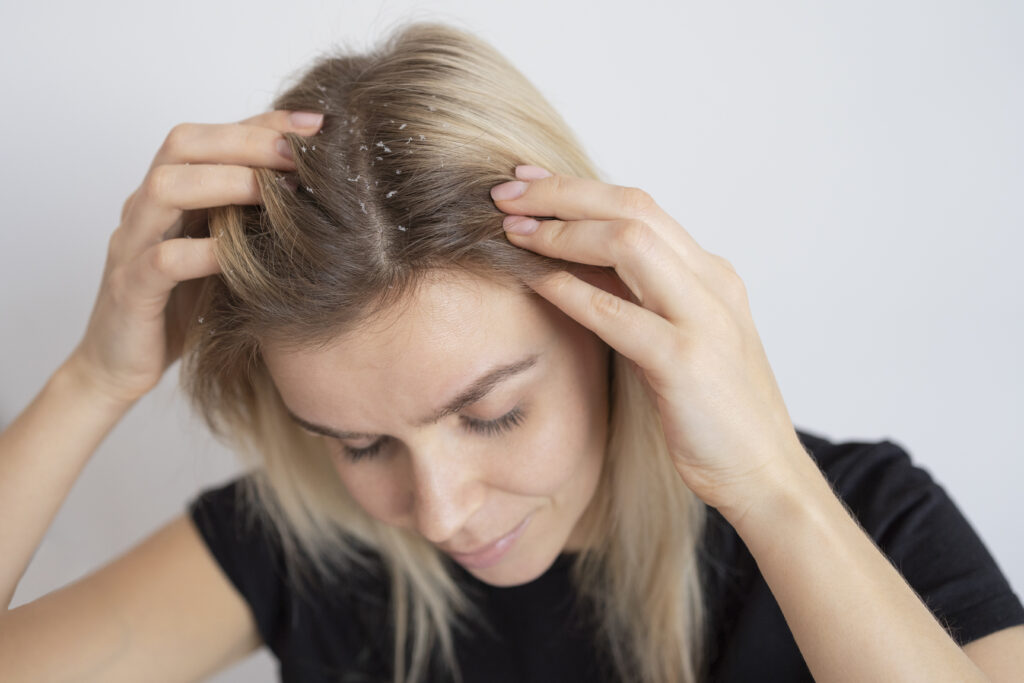
Dandruff, a common scalp condition, can manifest in various forms, with greasy and dry dandruff being two distinct types. Understanding the differences between them is crucial for effective management and choosing the right treatment. In this blog post, we’ll delve into the characteristics, causes, and remedies for greasy and dry dandruff.
The Basics: What is Dandruff?
- Briefly explain what dandruff is and how it differs from a dry or oily scalp.
- Mention that dandruff is often associated with flaky skin on the scalp, itching, and irritation.
Greasy Dandruff: Characteristics and Causes
- Describe the appearance of greasy dandruff, which tends to have larger, yellowish, and oily flakes.
- Explore the potential causes, such as excessive oil production, seborrheic dermatitis, or fungal infections.
- Highlight that greasy dandruff may be accompanied by an oily scalp and can lead to a more persistent form of dandruff.
Dry Dandruff: Characteristics and Causes
- Discuss the appearance of dry dandruff, characterized by smaller, white flakes that are often dry and powdery.
- Explore causes such as dry skin, sensitivity to hair products, or environmental factors like cold weather.
- Note that dry dandruff can cause itching and may be exacerbated by certain lifestyle choices or external factors.
Distinguishing Symptoms: How to Identify Your Dandruff Type
- Provide a guide to help readers identify whether they are dealing with greasy or dry dandruff based on symptoms and scalp appearance.
- Mention that a dermatologist can provide a definitive diagnosis and recommend personalized treatment options.
Effective Solutions for Greasy Dandruff
- Discuss various remedies, including medicated shampoos with ingredients like ketoconazole or selenium sulfide.
- Suggest lifestyle changes, such as a balanced diet, stress management, and regular scalp cleansing.
Effective Solutions for Dry Dandruff
- Explore treatments like moisturizing shampoos containing ingredients like tea tree oil or salicylic acid.
- Highlight the importance of staying hydrated, using a humidifier, and avoiding excessive use of heat styling tools.
General Tips for Dandruff Prevention
- Offer universal tips for maintaining a healthy scalp, such as regular hair washing, using a mild shampoo, and avoiding excessive use of styling products.
- Emphasize the role of a balanced diet, hydration, and stress management in preventing dandruff.
Conclusion
- Summarize the key points discussed about greasy and dry dandruff.
- Encourage readers to seek professional advice if they are unsure about their dandruff type or if their symptoms persist.
By providing comprehensive information on the differences between greasy and dry dandruff, along with practical solutions, this blog post aims to empower readers to make informed choices for a healthier scalp.

